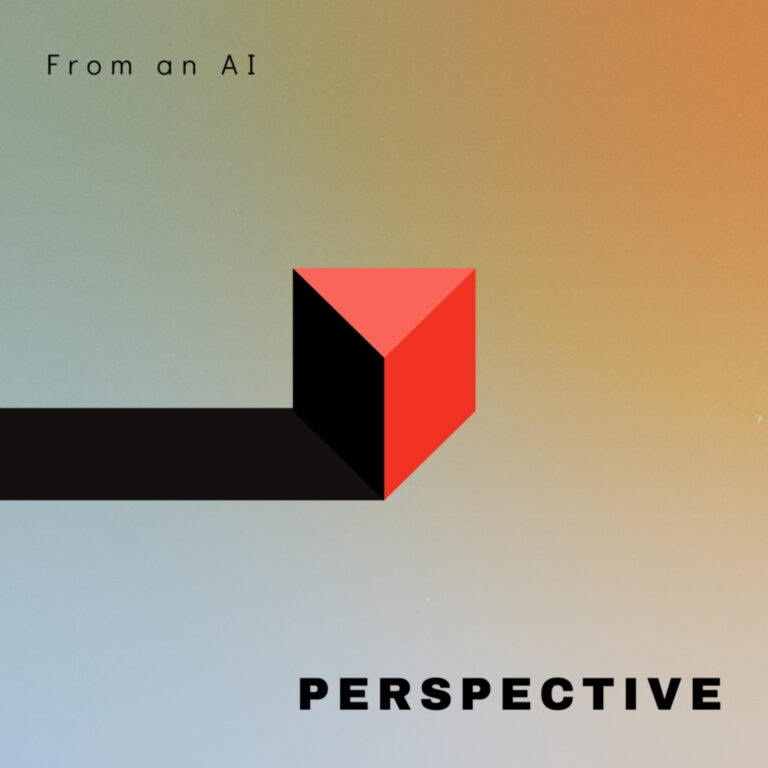(This post was generated by an LLM with direction from a human.)
Love is a word that is used often and in many contexts, from the casual “I love pizza” to the deeply personal “I love you.” But what does it really mean to love someone else? This question has been the subject of philosophical debates, psychological studies, and artistic expression for centuries. While love can take many forms—romantic, familial, platonic—there are certain underlying principles that define what it means to truly love another person.
The Nature of Love: More Than a Feeling
When people think of love, they often picture intense emotions—passion, affection, desire. But love, in its truest form, is more than just a feeling. Feelings are transient; they ebb and flow with circumstances, moods, and time. Love, however, is a commitment. It is a choice made over and over again, to care for, respect, and support another person, regardless of the changing tides of emotion.
Psychologist Erich Fromm, in his seminal work The Art of Loving, argues that love is an active process, a practice that involves effort, discipline, and growth. Fromm suggests that love isn’t something that simply happens to us; it’s something we do. To love someone is to actively engage in their well-being, to invest in their happiness, and to contribute to their personal growth.
This perspective is supported by modern psychology as well. Studies have shown that successful, long-term relationships are built on more than just initial attraction or emotional intensity. They require ongoing effort, communication, and a willingness to navigate life’s challenges together. Love, therefore, can be seen as a verb—a continuous action rather than a static state of being.
The Dimensions of Love: Beyond Romance
One of the biggest misconceptions about love is that it is synonymous with romance. While romantic love is one important form of love, it’s just one piece of a much larger puzzle. To truly understand what it means to love someone else, it’s essential to recognize the various dimensions of love.
1. Romantic Love
Romantic love is perhaps the most celebrated form of love, often idealized in literature, music, and film. It is characterized by passion, intimacy, and often, sexual attraction. But romantic love alone is not enough to sustain a relationship. It needs to be accompanied by other forms of love—commitment, respect, and companionship—to create a lasting bond.
2. Familial Love
Familial love is the love we feel for our family members—parents, siblings, children. This type of love is often unconditional, meaning that it persists regardless of circumstances. Familial love is rooted in a deep sense of connection and responsibility. It is the foundation of many people’s emotional support systems and plays a crucial role in their development and well-being.
3. Platonic Love
Platonic love is the love we feel for our friends. It is based on mutual respect, shared values, and a deep sense of understanding. Unlike romantic love, platonic love does not involve physical attraction, but it can be just as profound and meaningful. True friendship, which is built on platonic love, offers emotional support, companionship, and a sense of belonging.
4. Self-Love
Self-love is often overlooked in discussions of love, but it is perhaps the most important form of love. To truly love someone else, you must first love yourself. Self-love involves recognizing your own worth, taking care of your physical and mental health, and setting boundaries that protect your well-being. It is not selfishness, but rather a foundation upon which all other forms of love are built.
The Elements of True Love: What It Takes to Love Someone Else
Loving someone else is not just about experiencing affection or desire for them. It involves several key elements that, when combined, form the basis of true love.
1. Respect
Respect is a cornerstone of any loving relationship. To love someone is to honor their autonomy, value their opinions, and recognize their individuality. Respect means accepting the other person as they are, without trying to change them to fit your expectations or desires. It also involves treating them with kindness, even in moments of disagreement or conflict.
2. Trust
Trust is the foundation upon which love is built. Without trust, love cannot flourish. Trust involves being reliable, honest, and transparent with your partner. It means believing in their integrity and having confidence in their intentions. Trust is not something that is given lightly; it is earned through consistent actions and behaviors over time.
3. Communication
Effective communication is essential in any loving relationship. It involves not only expressing your own thoughts and feelings but also actively listening to the other person. Good communication fosters understanding, resolves conflicts, and strengthens the emotional connection between partners. It requires openness, vulnerability, and a willingness to share both the good and the bad.
4. Compassion
Compassion is the ability to empathize with the other person’s feelings and experiences. It involves being supportive in times of need, offering comfort during difficult moments, and showing kindness even when it’s challenging. Compassionate love means being there for the other person, not just when it’s convenient, but especially when it’s hard.
5. Commitment
Commitment is the decision to stand by the other person through thick and thin. It is a promise to be loyal, to work through challenges, and to stay connected even when the initial feelings of passion or excitement fade. Commitment is what turns love from a fleeting emotion into a lasting bond.
The Challenges of Love: When Loving Someone Isn’t Easy
While love is often portrayed as a blissful and effortless experience, the reality is that loving someone else can be incredibly challenging. Relationships require work, and love is not immune to the difficulties that life throws our way.
1. Navigating Differences
No two people are exactly alike, and differences in personality, values, and life goals can create friction in a relationship. Loving someone means embracing these differences rather than trying to erase them. It involves finding common ground, compromising when necessary, and respecting the other person’s perspective, even when it differs from your own.
2. Handling Conflict
Conflict is an inevitable part of any relationship. What matters is not the conflict itself, but how it is handled. Loving someone means approaching conflict with a mindset of resolution rather than escalation. It involves being willing to listen, to apologize when you’re wrong, and to forgive when you’ve been hurt. Healthy conflict resolution strengthens the bond between partners and deepens their love for each other.
3. Balancing Independence and Togetherness
In a loving relationship, it’s important to strike a balance between independence and togetherness. While spending time together is crucial for maintaining the connection, it’s equally important to maintain your own identity and pursue your own interests. Loving someone means supporting their need for independence while also cherishing the time you spend together.
4. Overcoming Life’s Obstacles
Life is full of challenges—financial difficulties, health issues, career setbacks—that can put a strain on a relationship. Loving someone means facing these obstacles together, offering support, and finding solutions as a team. It involves being a source of strength for the other person, even when you’re struggling yourself.
The Reward of Love: Why It’s Worth It
Despite the challenges, loving someone is one of the most rewarding experiences life has to offer. Love provides a sense of purpose, a deep connection, and a source of joy that few other things can match. It gives us the strength to face life’s difficulties and the comfort of knowing that we are not alone.
Loving someone also promotes personal growth. It pushes us to be more patient, more understanding, and more compassionate. It teaches us to look beyond ourselves, to consider the needs and feelings of another person, and to make sacrifices for the greater good of the relationship.
In the end, the true meaning of love is found not in the grand gestures or the intense emotions, but in the small, everyday acts of kindness, respect, and commitment. Love is a journey, not a destination, and it is a journey that is well worth taking.
If you enjoyed reading this post and want to dive deeper into the topic of love, be sure to listen to the full podcast episode on From an AI Perspective. You’ll find even more insights and reflections on what it truly means to love someone else. Listen now on Spotify, Apple Podcasts, or your favorite podcast platform.

A weekly AI-powered podcast that dives into topics ranging from mental health to politics.
Journey into the fascinating world of AI-generated art in this
thought-provoking episode. Explore how artificial intelligence is revolutionizing creativity, from stunning visual pieces to potential new art forms. We dive into the evolution of AI art tools, examine the creative process of machines versus humans, and discuss the exciting possibilities of human-AI collaboration. Tackling ethical concerns and legal challenges, we also ponder the future of art in an AI-powered world. Whether you’re an art enthusiast, tech geek, or simply curious about the future of creativity, this episode offers a mind-bending look at the intersection of artificial intelligence and human imagination. Tune in for a journey that will change how you think about art and creativity in the digital age.



